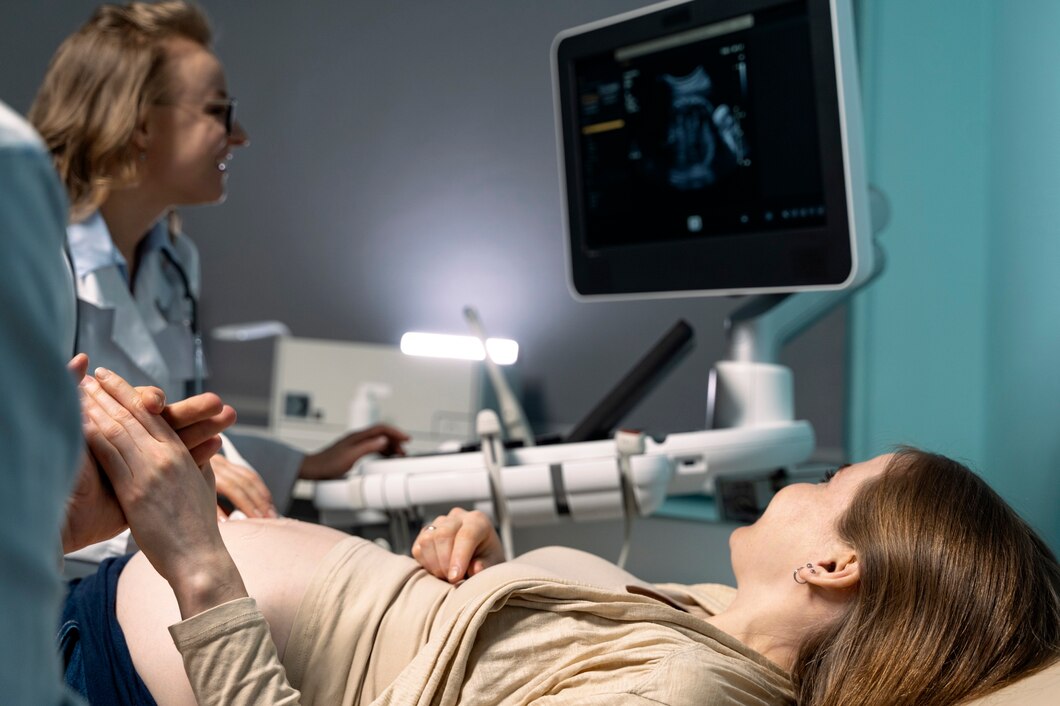Understanding the Basics of Ultrasound Technology
Ultrasound imaging has revolutionized the way we understand and approach prenatal care. At its core, ultrasound uses sound waves to create images of what’s happening inside the body, a non-invasive peek that has become a routine part of prenatal care. Over the years, technology has evolved from simple two-dimensional pictures to more advanced imaging techniques that allow expecting parents and healthcare providers a clearer view of the developing foetus.
The Role of 3D and 4D Ultrasounds in Maternal Health
While most are familiar with the traditional 2D ultrasounds, 3D and 4D ultrasound Sydney technologies have opened up new dimensions in prenatal imaging. Unlike the flat images of 2D, 3D ultrasounds create depth, offering a three-dimensional image of the baby, which helps in understanding the physical features and development. 4D ultrasounds go a step further by adding the element of time, showing the baby’s movements in real-time. This can be a profound experience for parents, as they can see their baby yawn, stretch, or even smile.
These technologies are not just about getting a sneak peek of the baby’s face; they serve crucial medical purposes. They can help doctors assess foetal growth, detect abnormalities, monitor foetal position, and check the placenta’s health, among other vital functions. For parents, these images provide a connection and a reassurance that is hard to replicate with words alone.
Exploring the Emotional Impact of Early Images
The emotional journey of pregnancy is profoundly affected by the visuals provided by ultrasounds. Seeing the baby on the screen can transform abstract ideas of parenthood into something very tangible. For many, this is the moment when bonds begin to form. Healthcare providers also find that showing ultrasound images can help in explaining the medical aspects of the pregnancy more effectively, which can be reassuring for expectant parents navigating the complexities of prenatal care.
Advancements and Accessibility of Prenatal Imaging
Despite the obvious benefits, access to advanced imaging technologies like 3D and 4D ultrasounds varies greatly depending on geographical and economic factors. In urban centers, these services are more commonly available, making it easier for expectant parents to benefit from these advanced technologies. However, in rural or less developed areas, access to even basic ultrasound can be limited.
The ongoing challenge for healthcare providers worldwide is to balance the technological advancements with accessibility and affordability. It is crucial that these invaluable diagnostic tools are not only reserved for those who can afford them or live in the right area but are available to all who need them.
Looking Forward: The Future of Ultrasound Technology
As technology continues to advance, the potential for even more detailed and informative prenatal imaging increases. Researchers are continually looking for ways to make ultrasound equipment more effective, affordable, and accessible. Innovations in ultrasound technology could one day allow for even earlier detection of issues and more detailed monitoring throughout pregnancy.
In conclusion, the advent of 3D and 4D ultrasounds has not only enhanced medical capabilities in prenatal care but has significantly altered the emotional landscape of pregnancy. These technologies provide a unique window into the womb, bringing an array of benefits that were unimaginable just a few decades ago. As we look to the future, the potential for further advancements holds promise for even greater insights and accessibility in prenatal care, ensuring that every parent and baby receives the best start possible.




